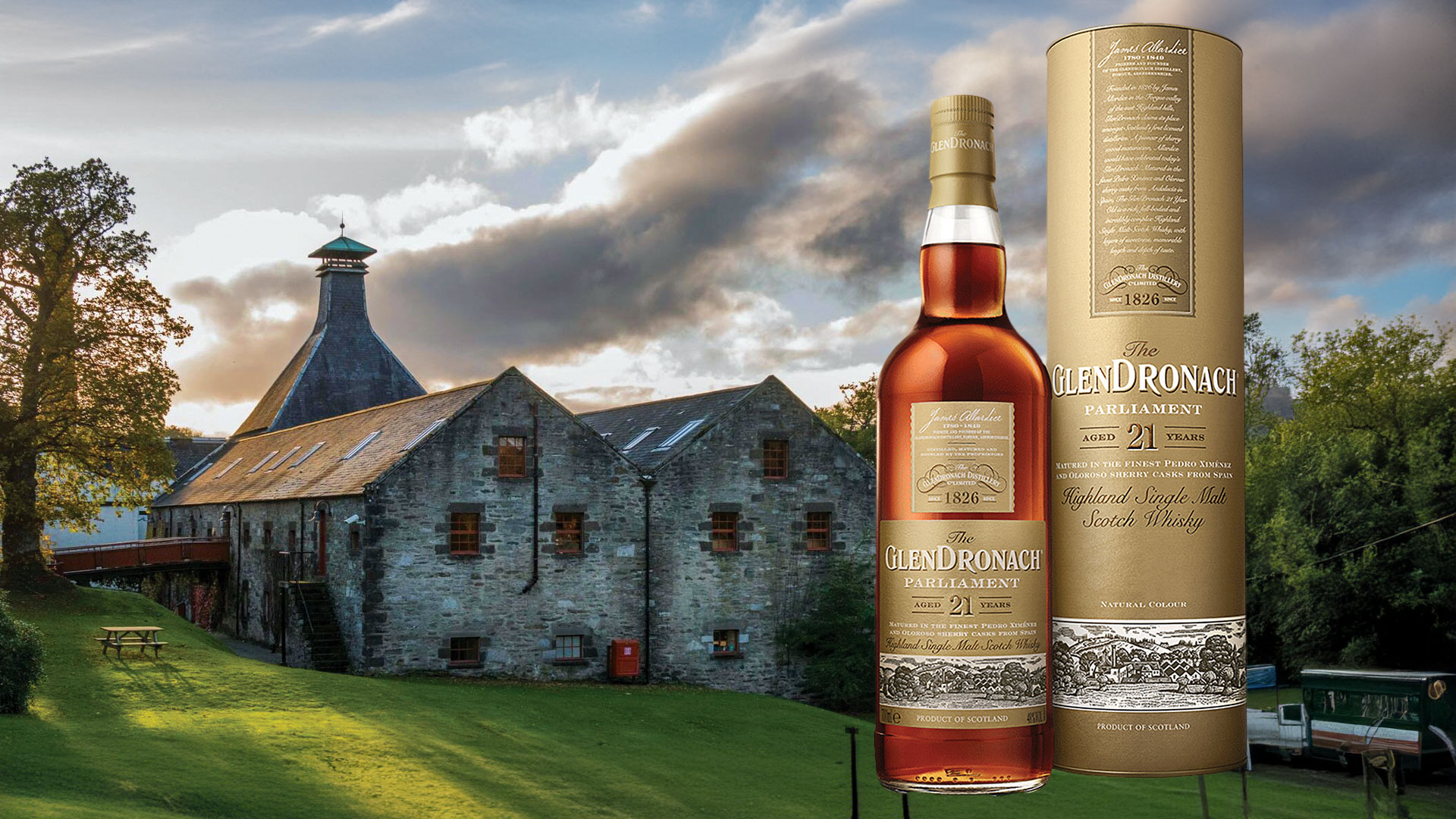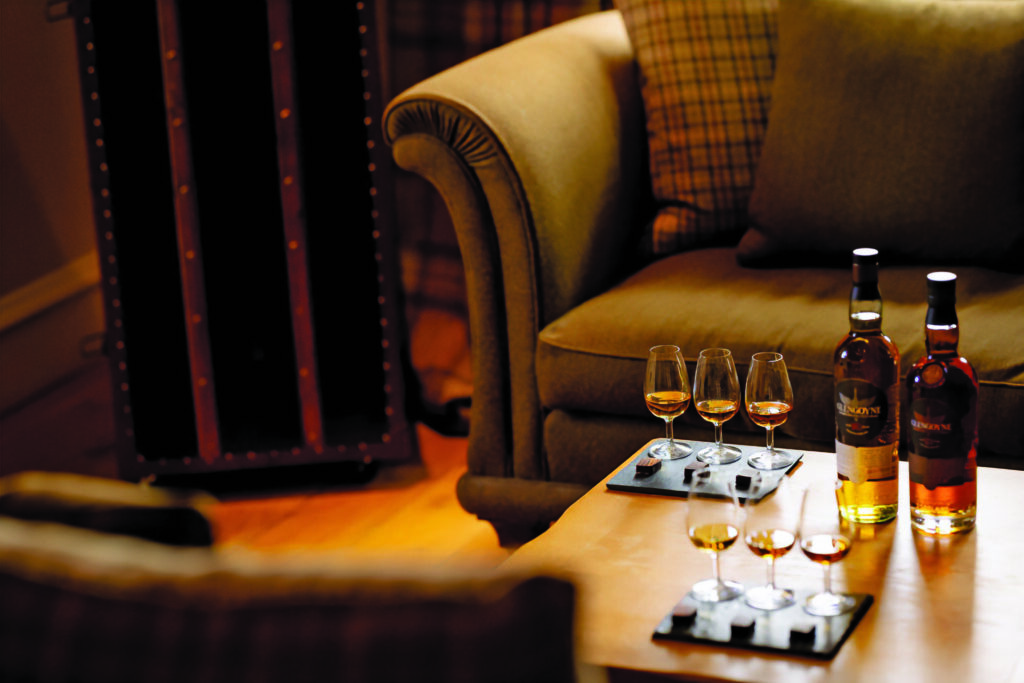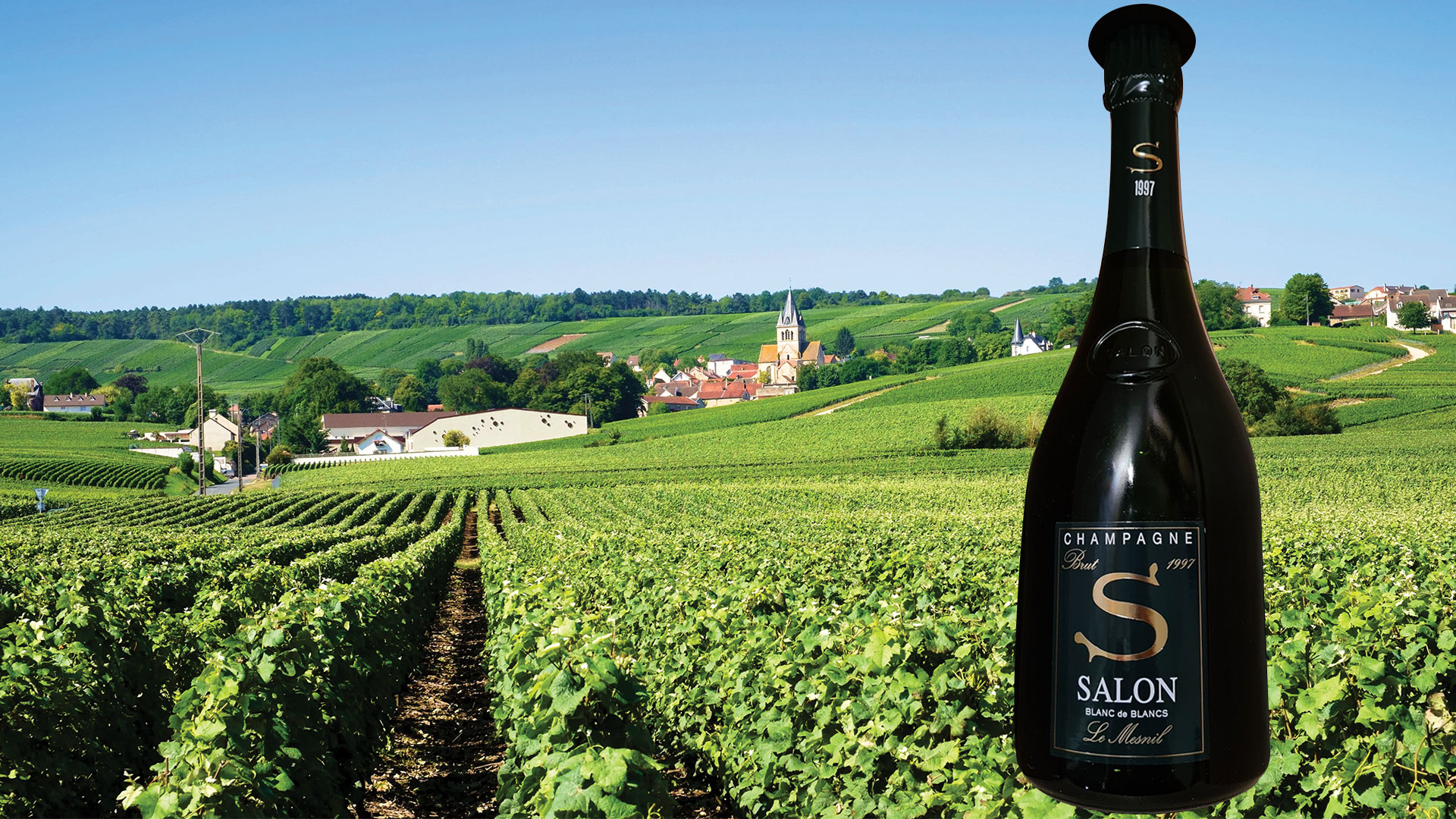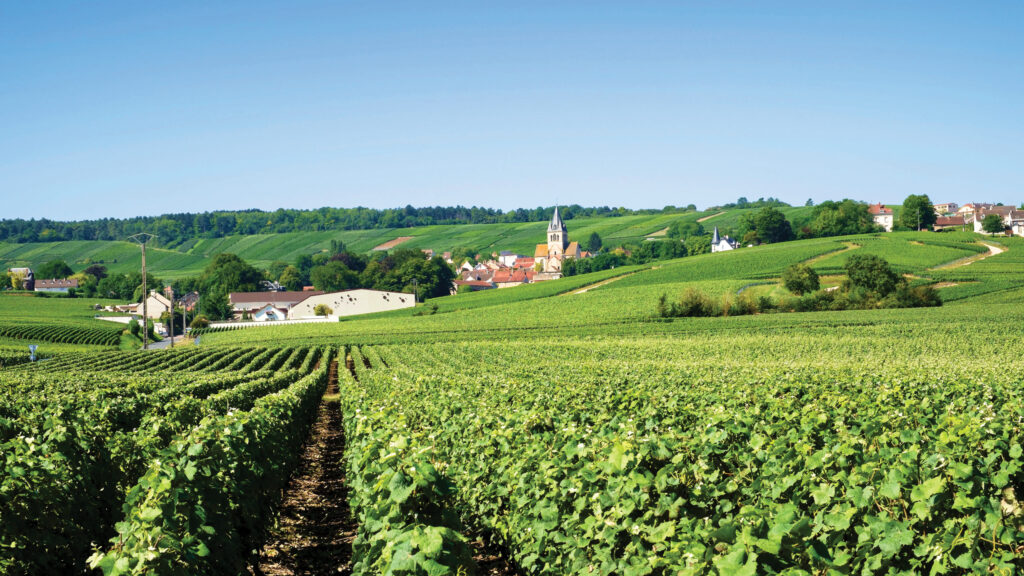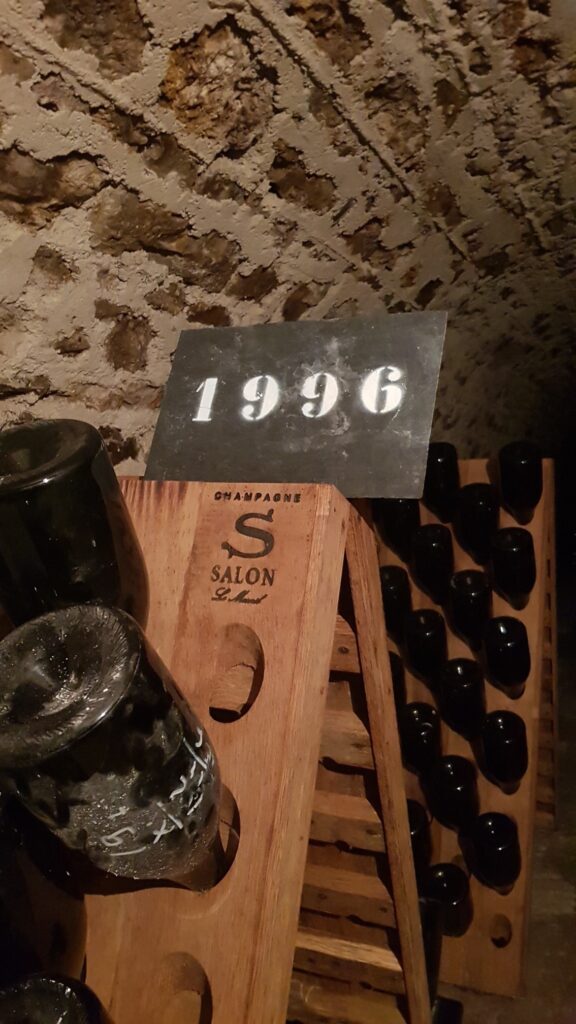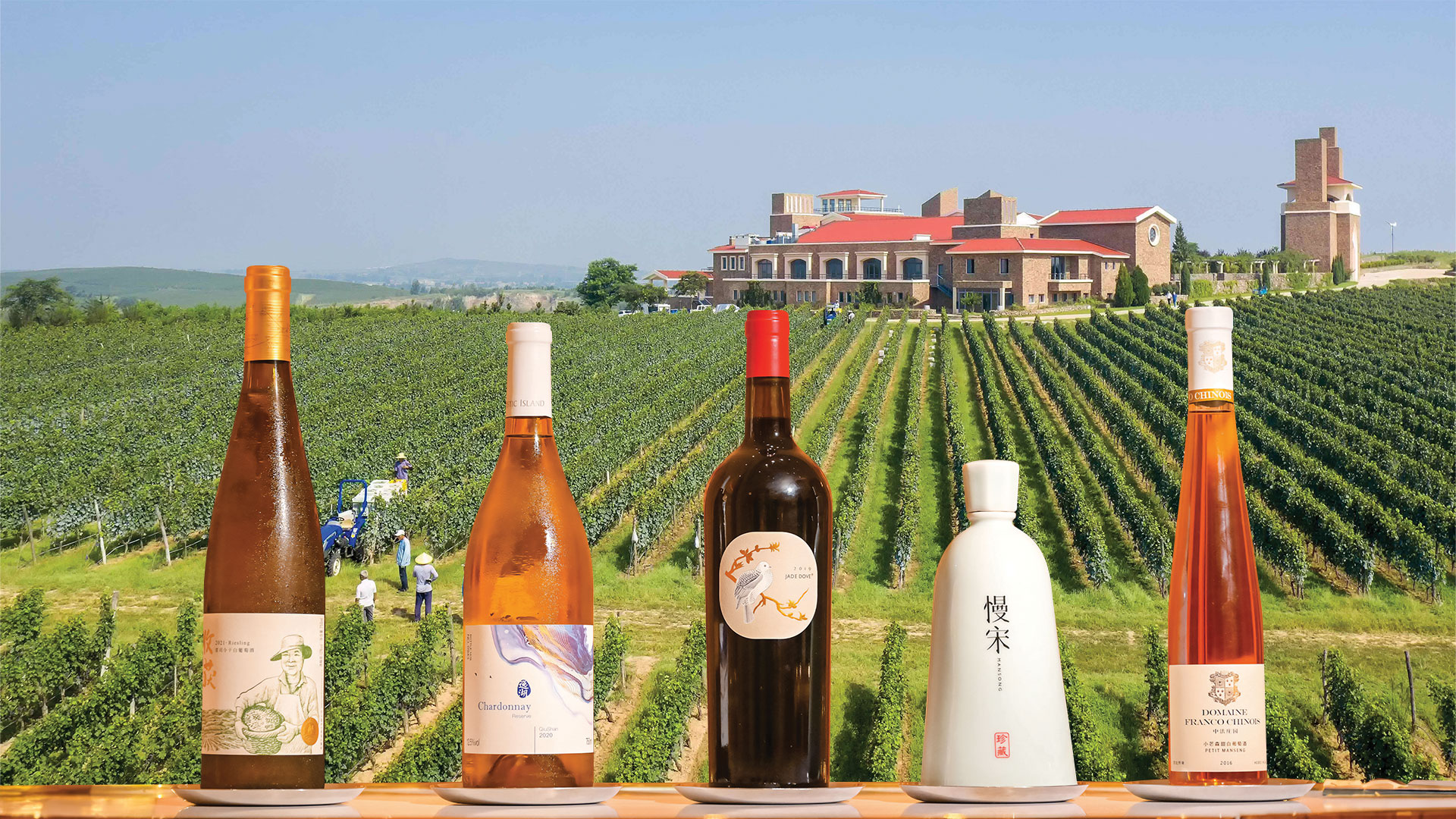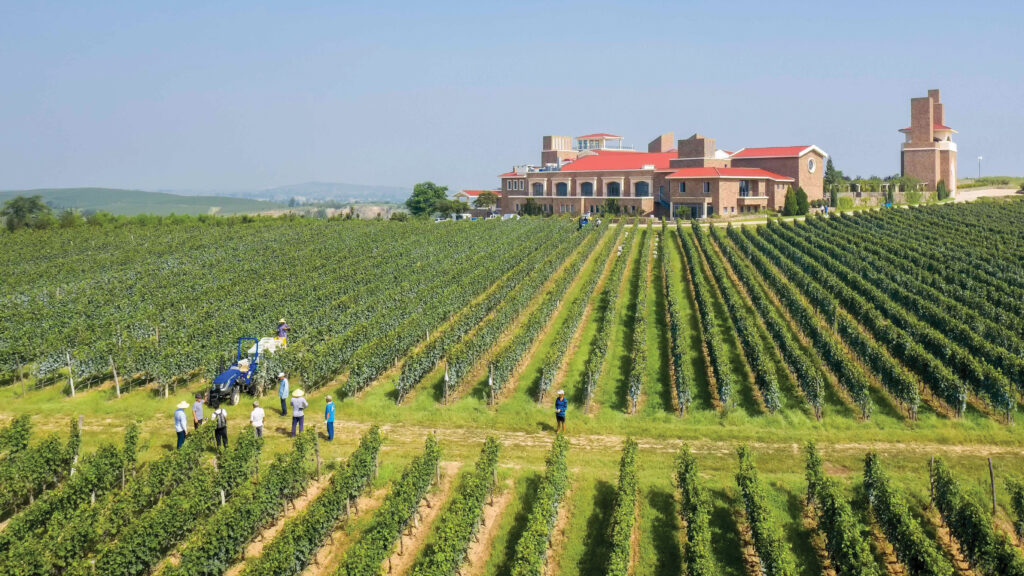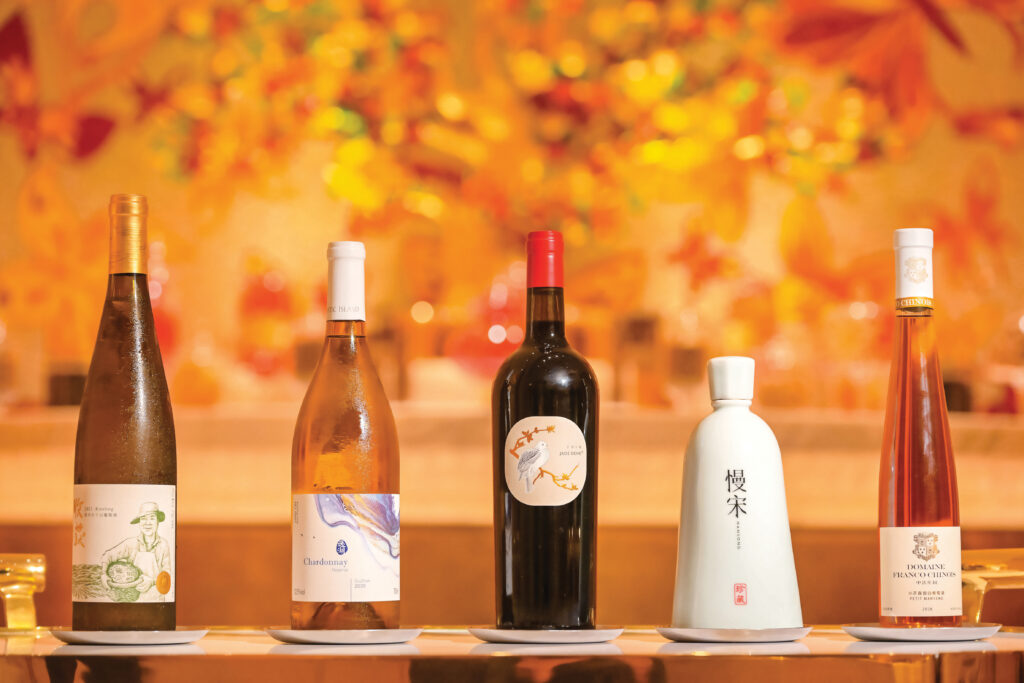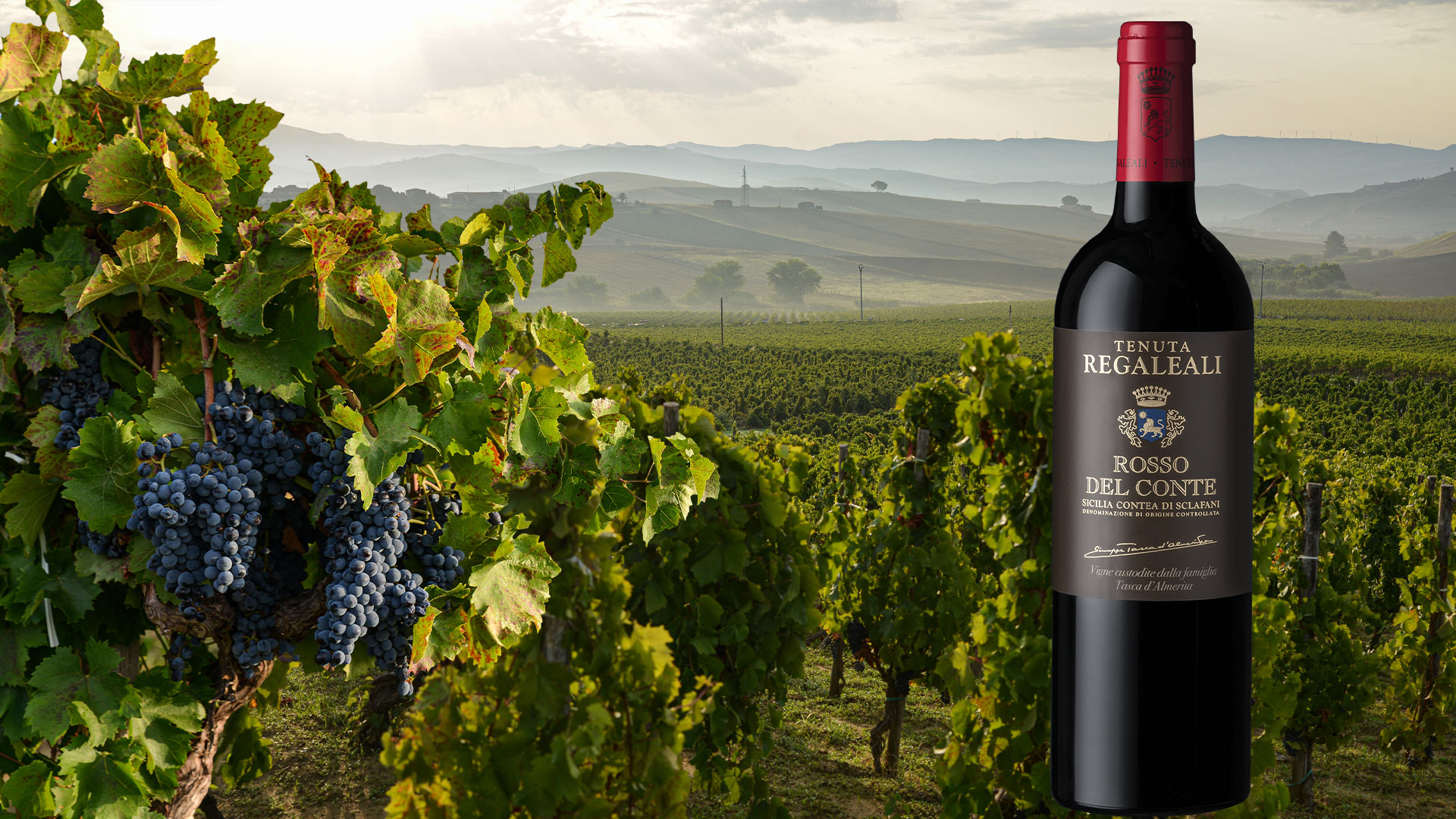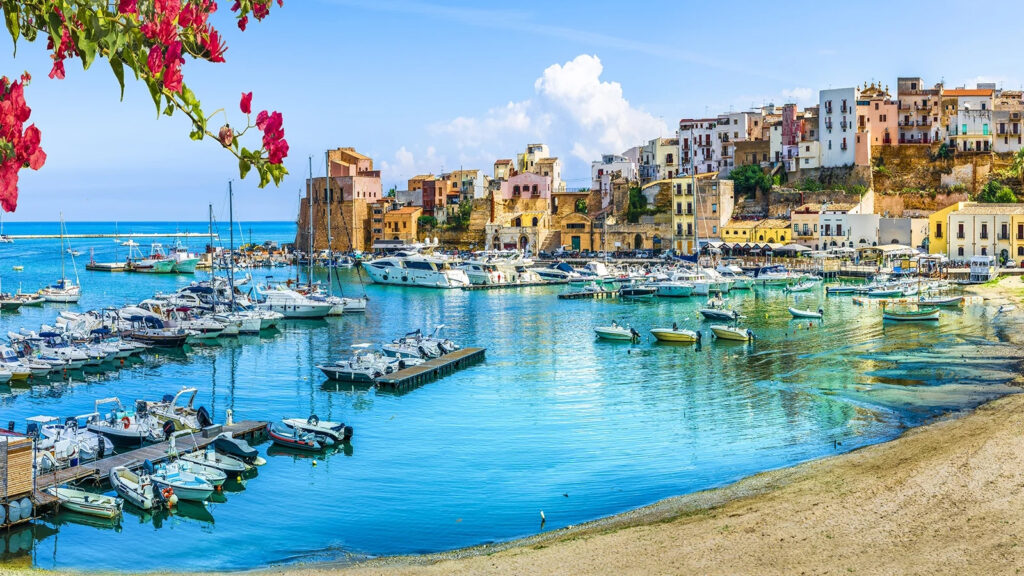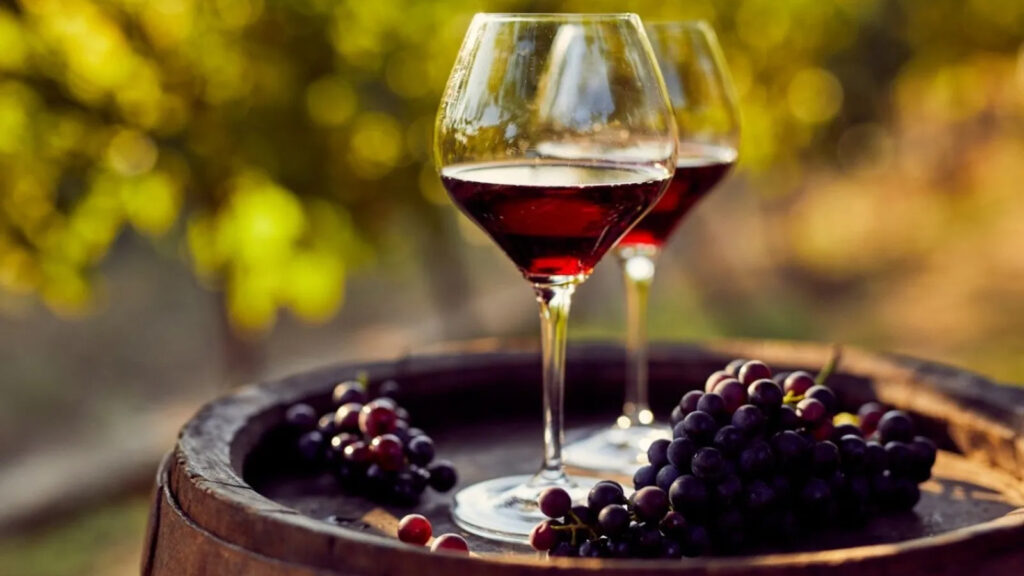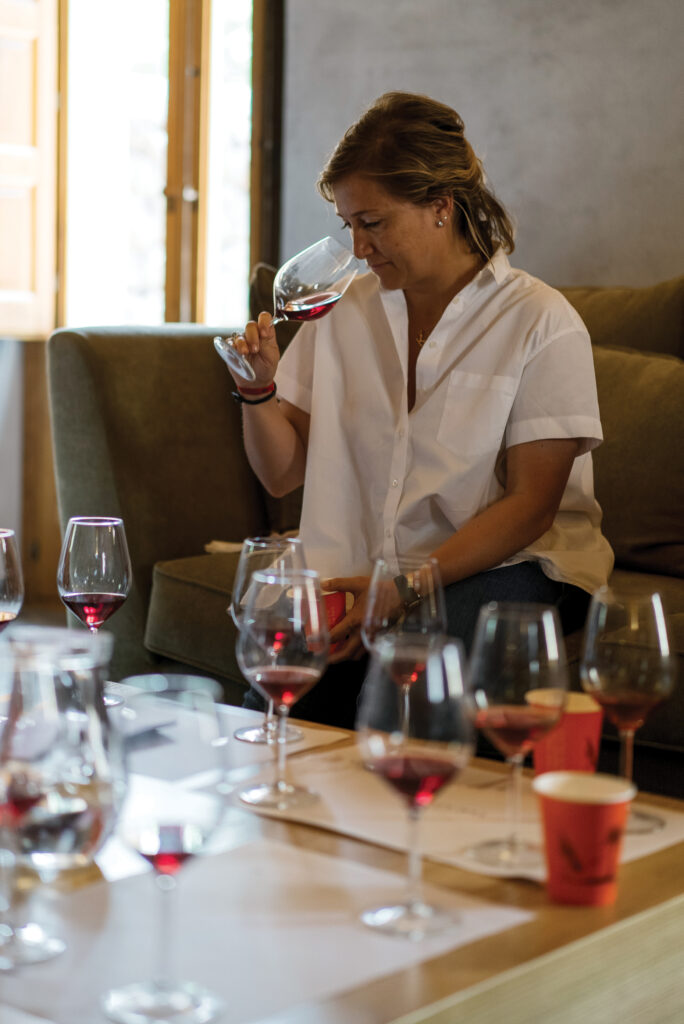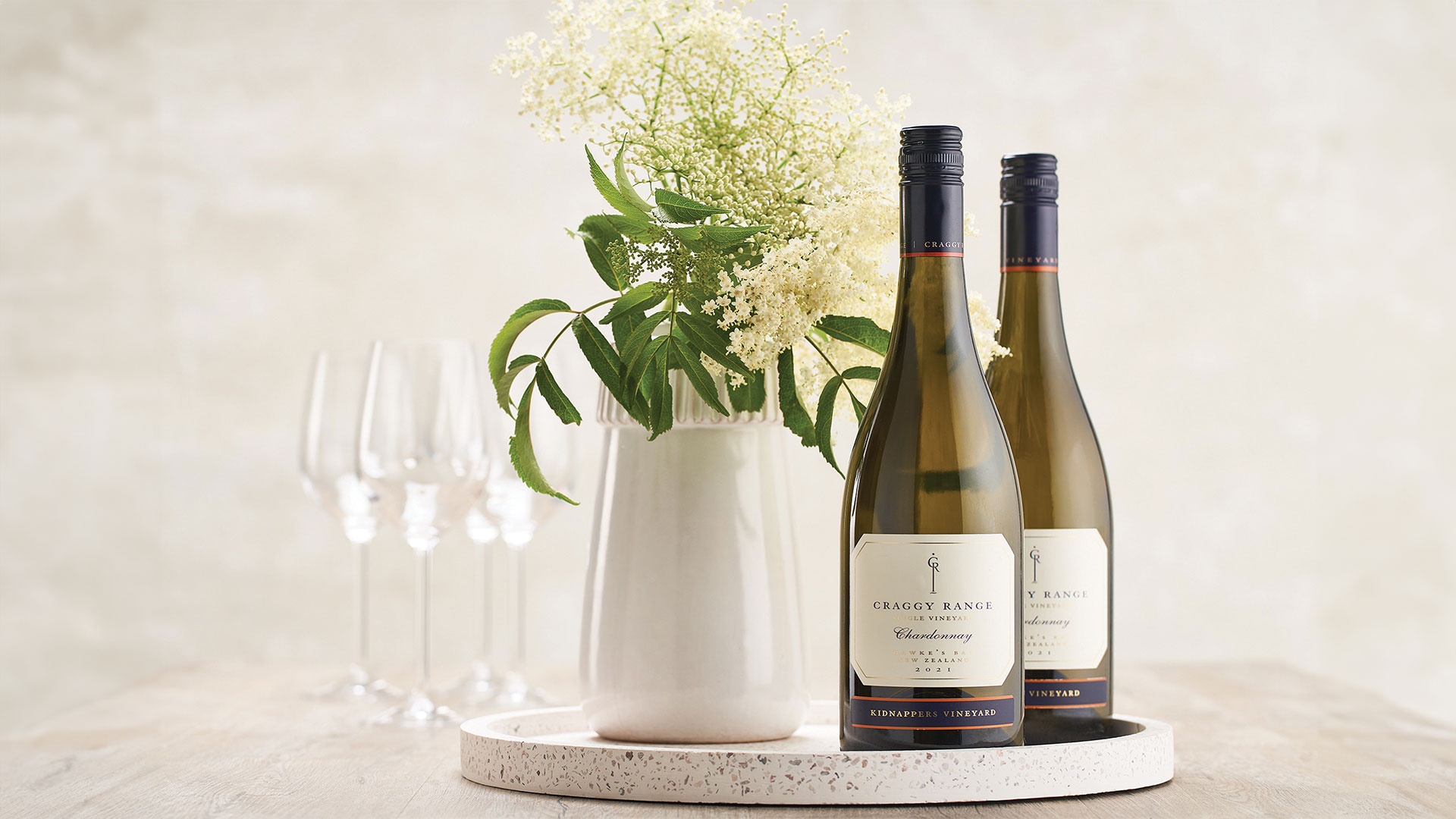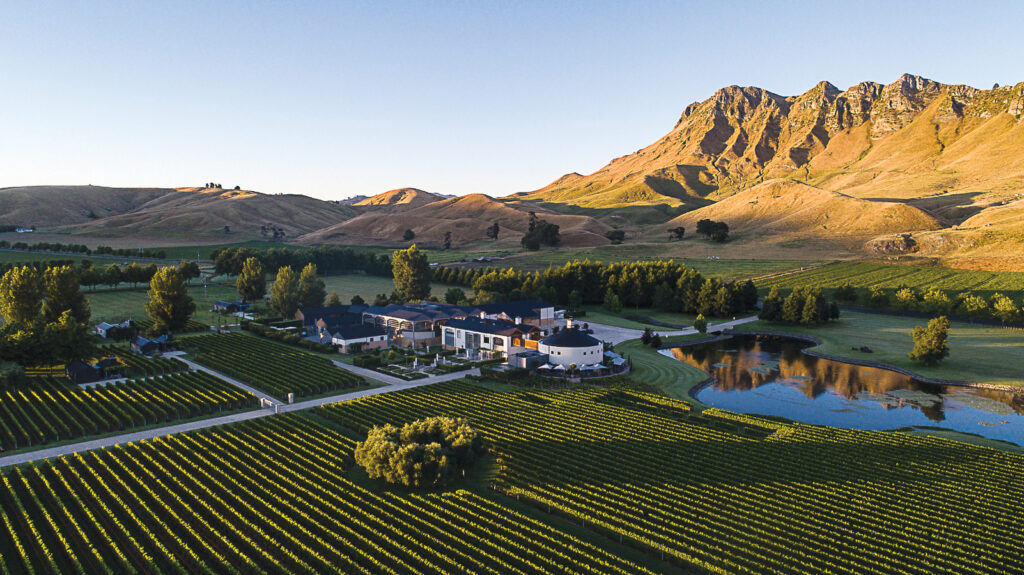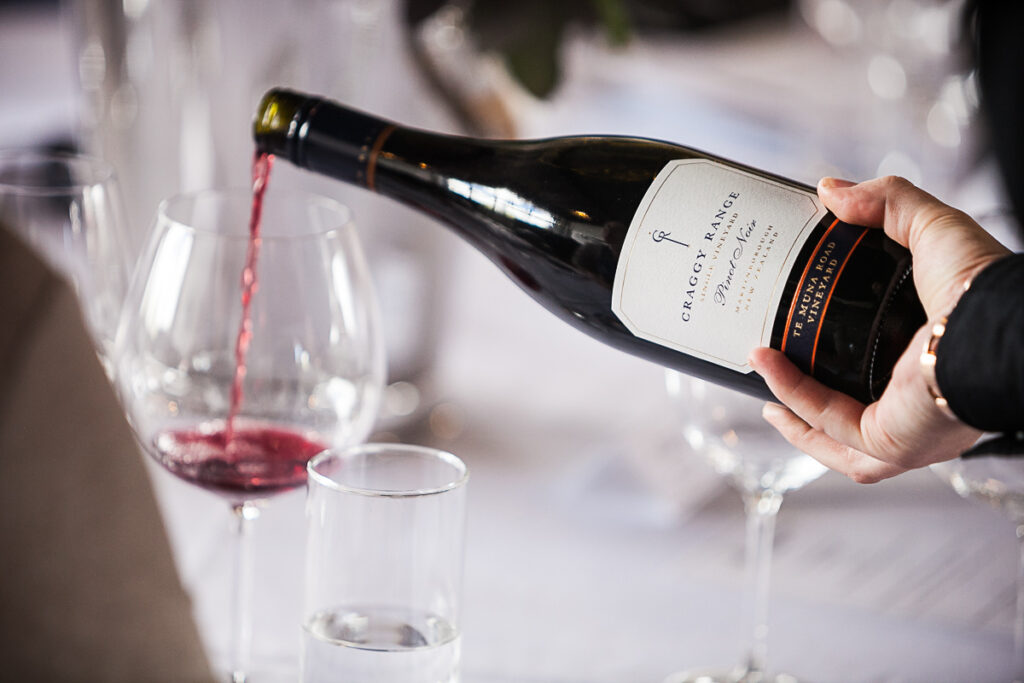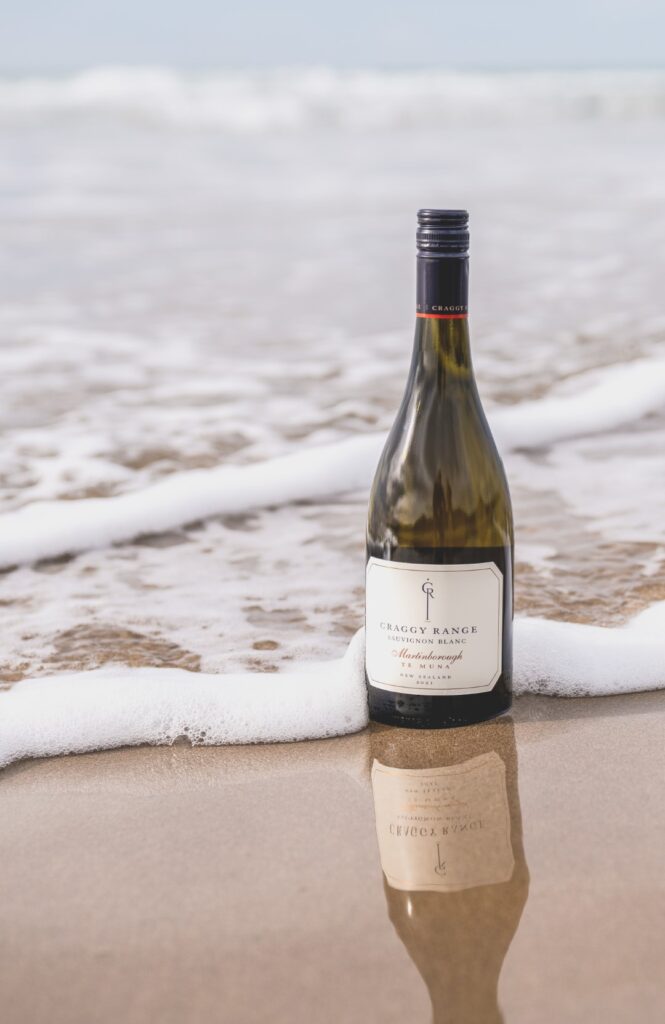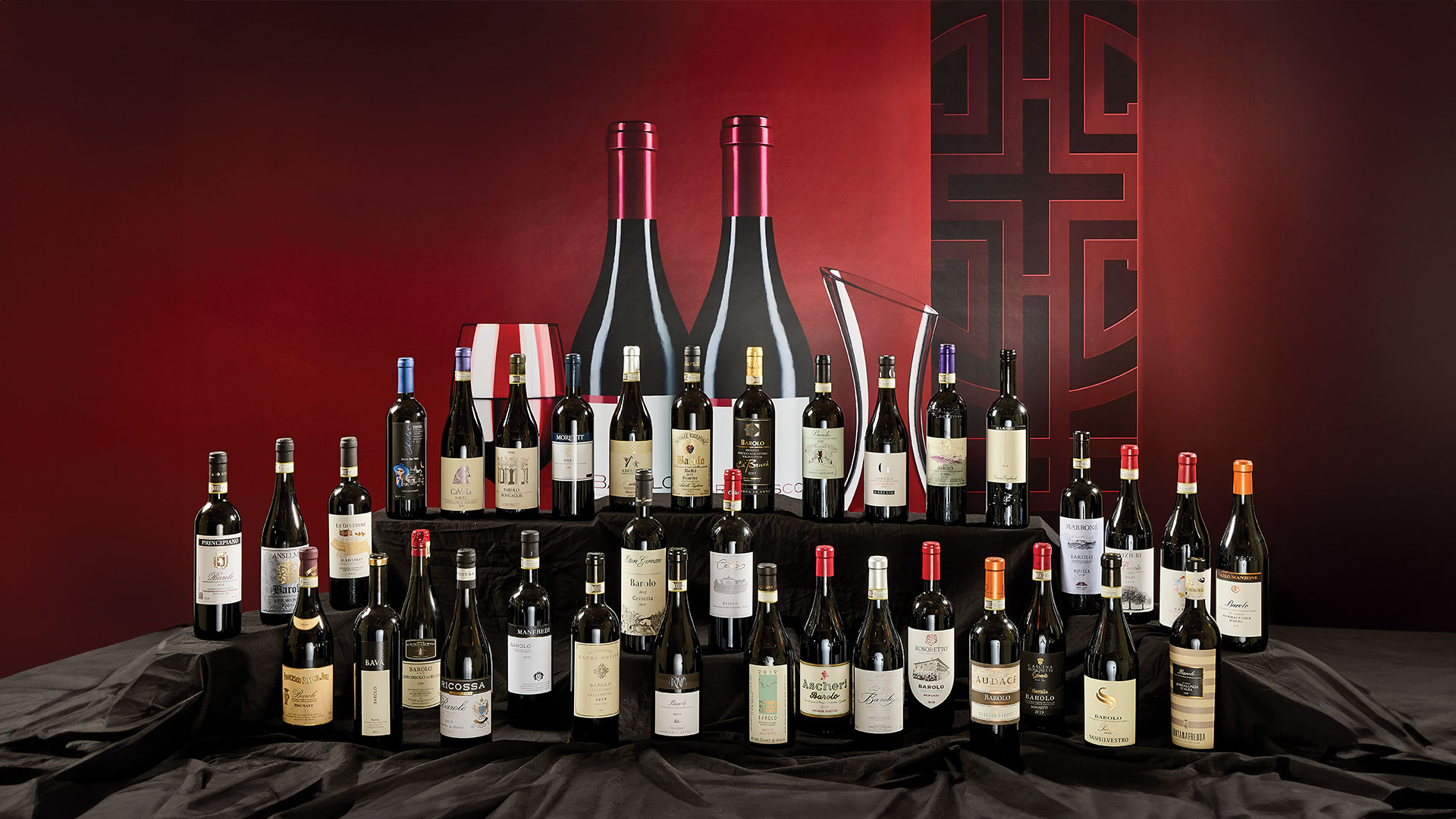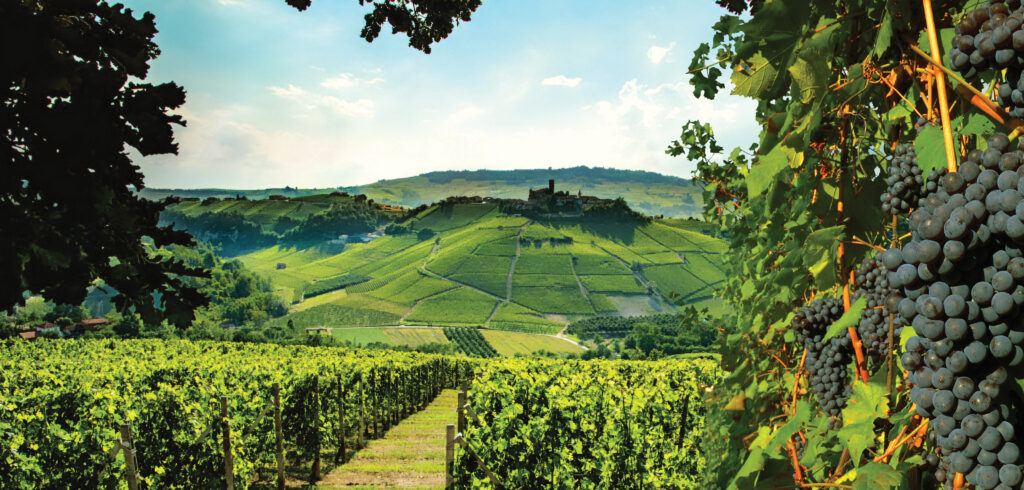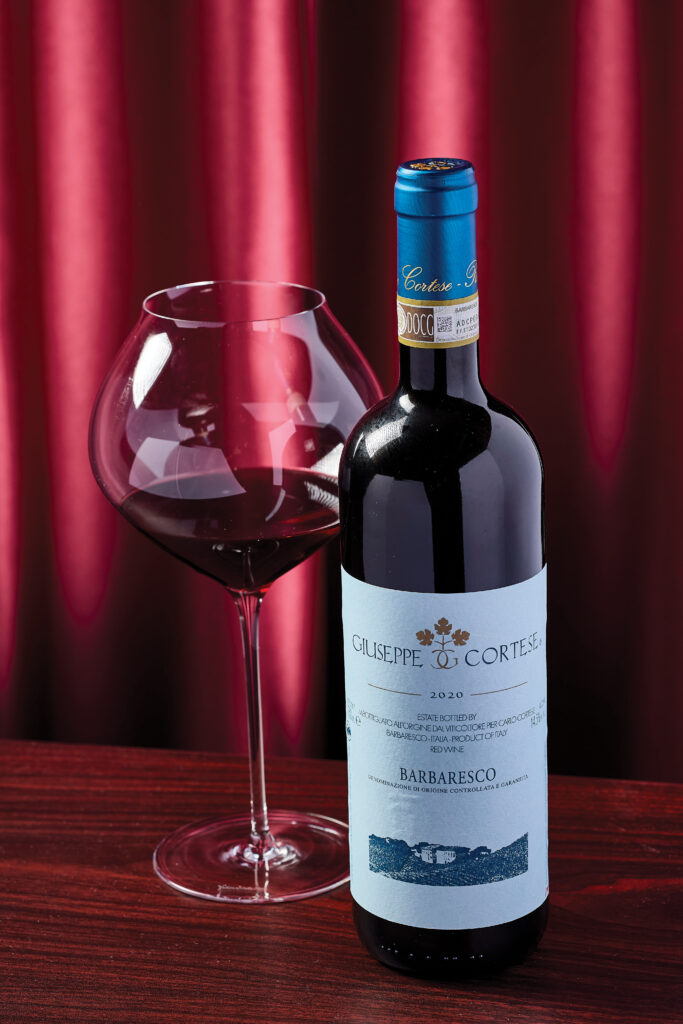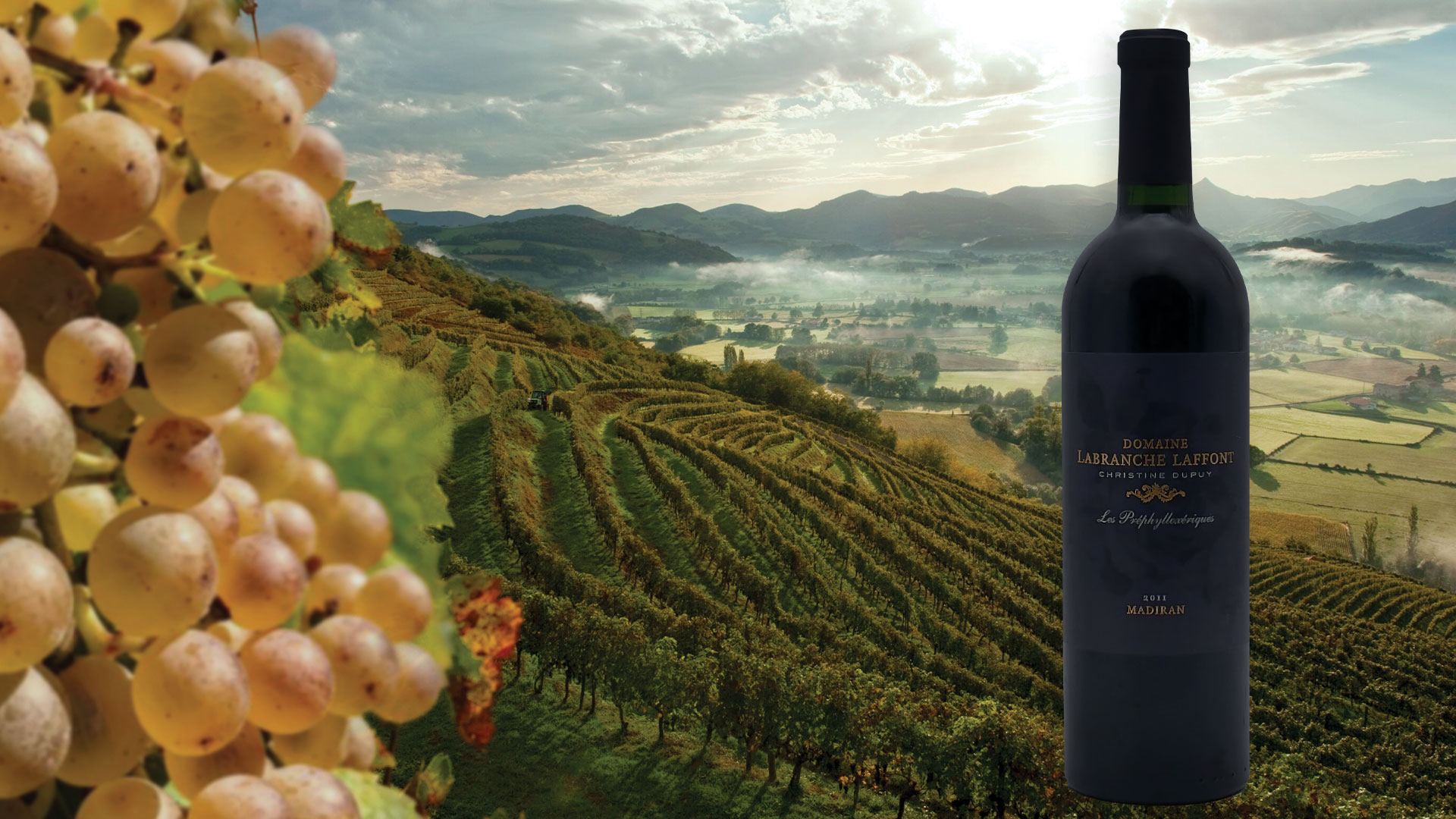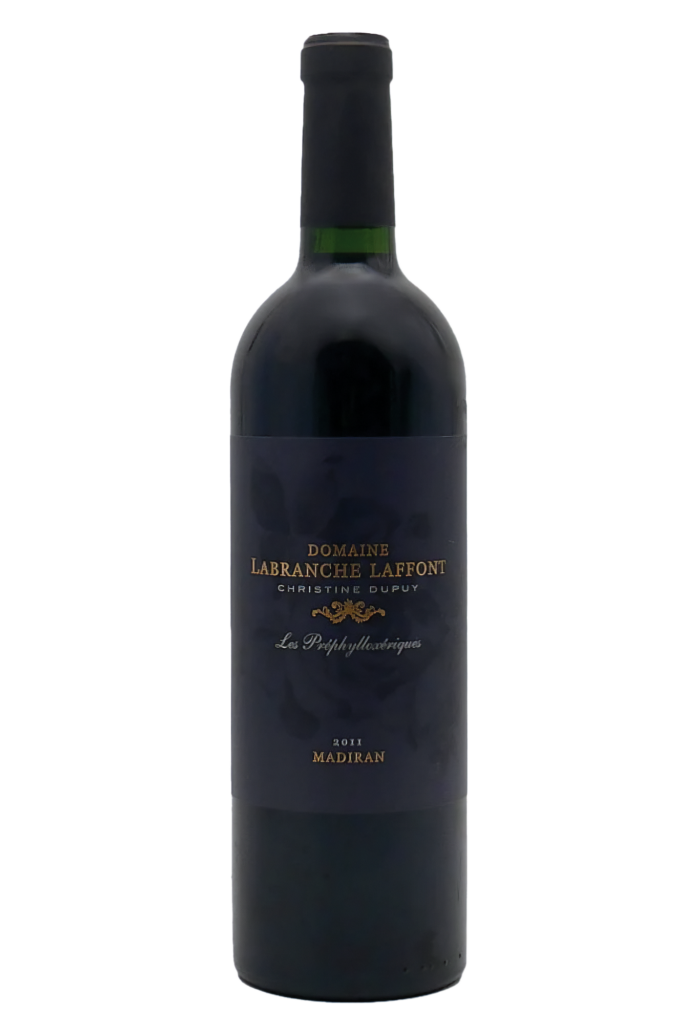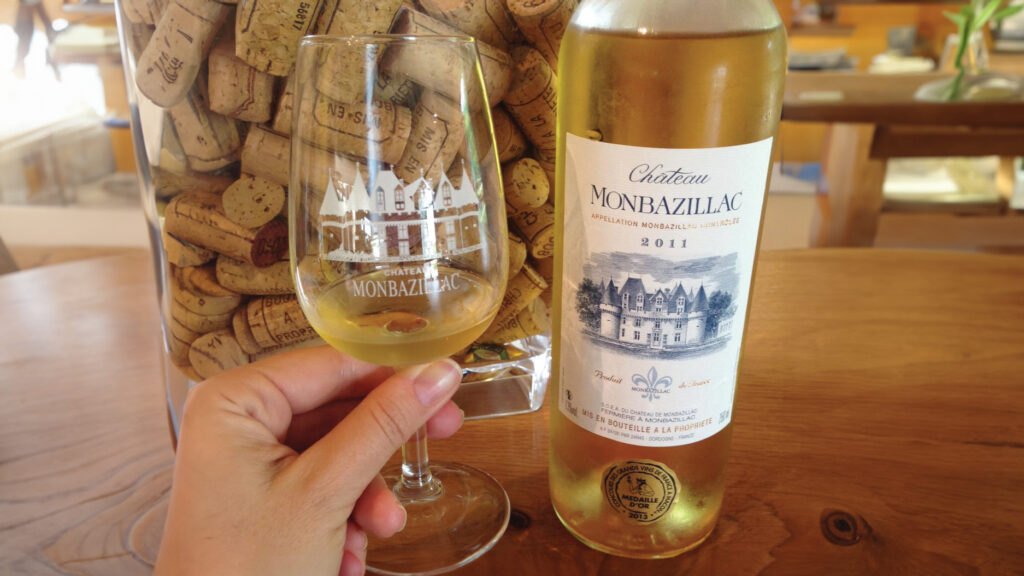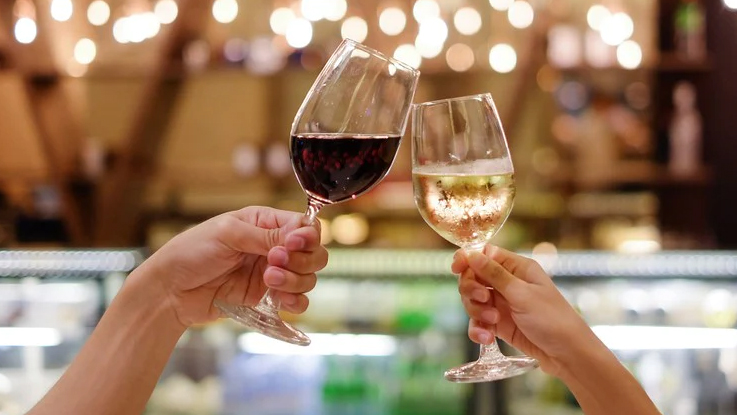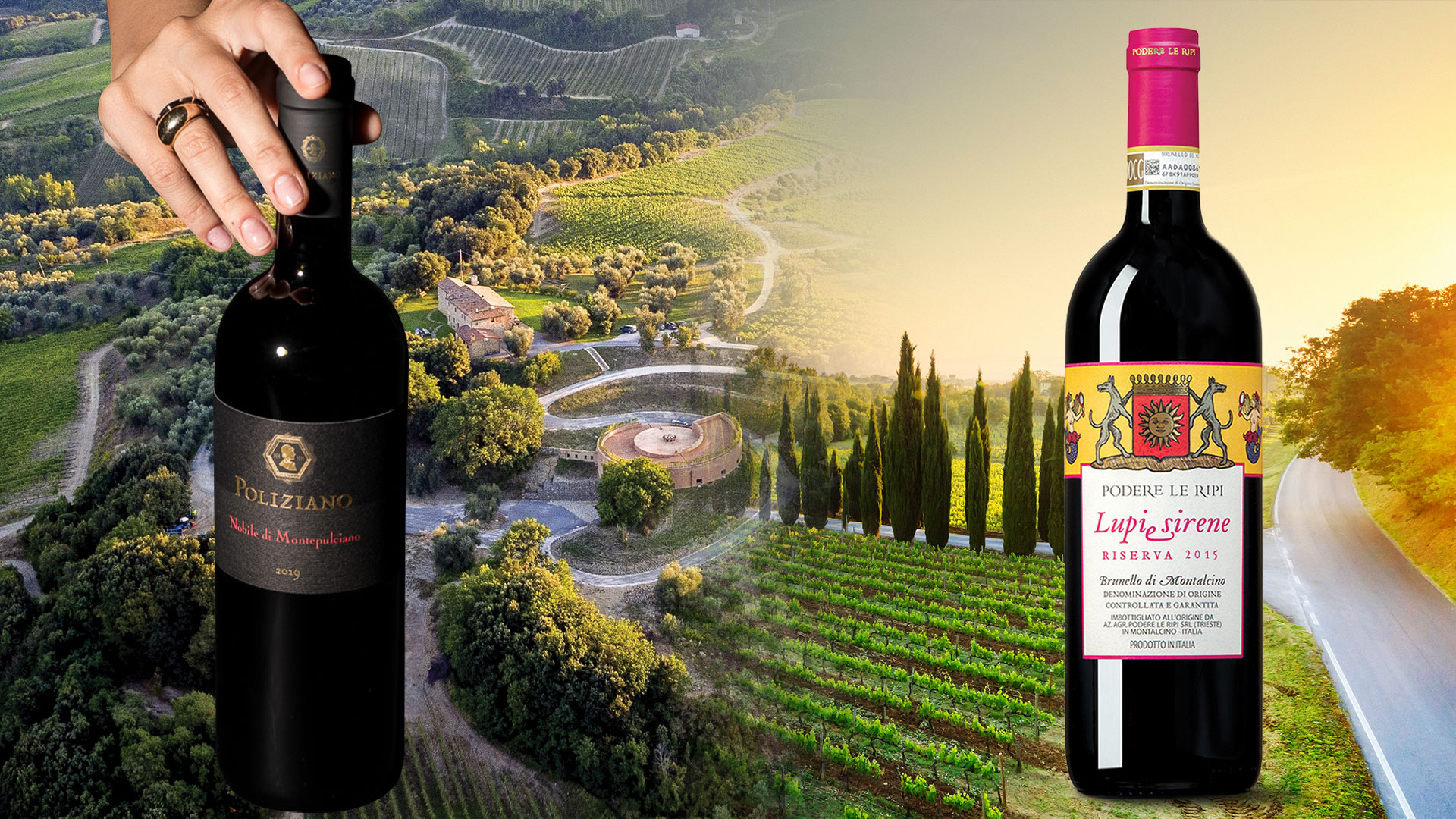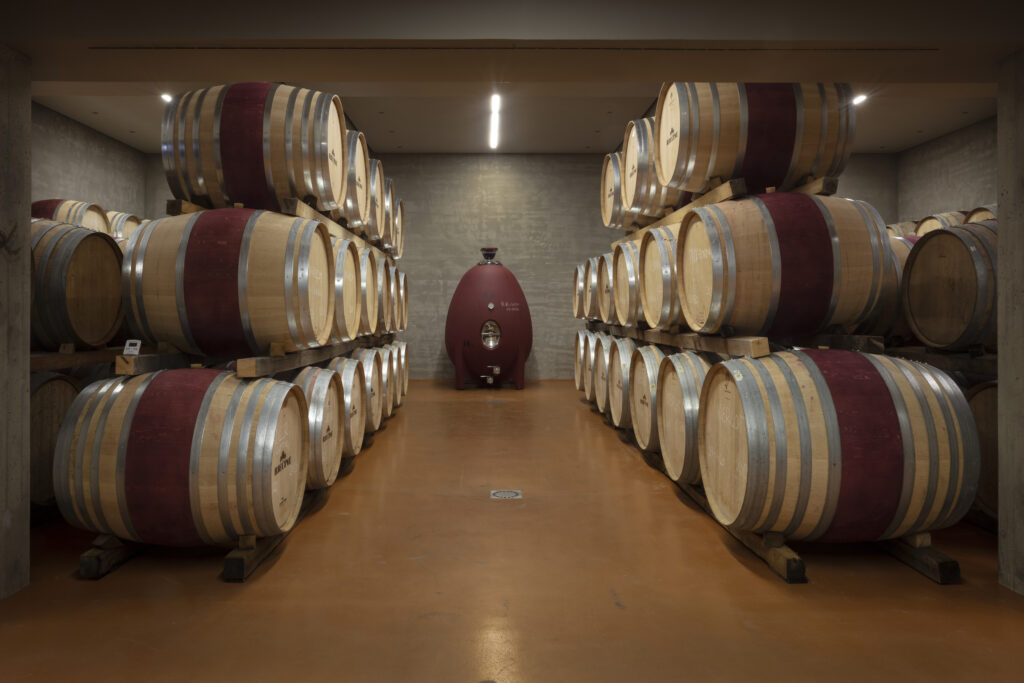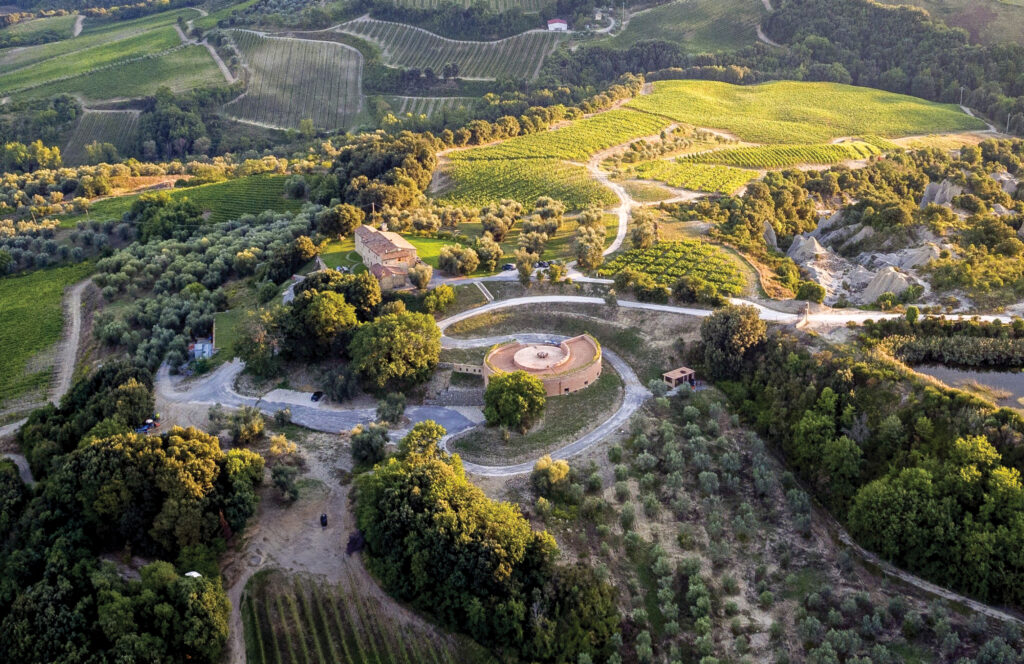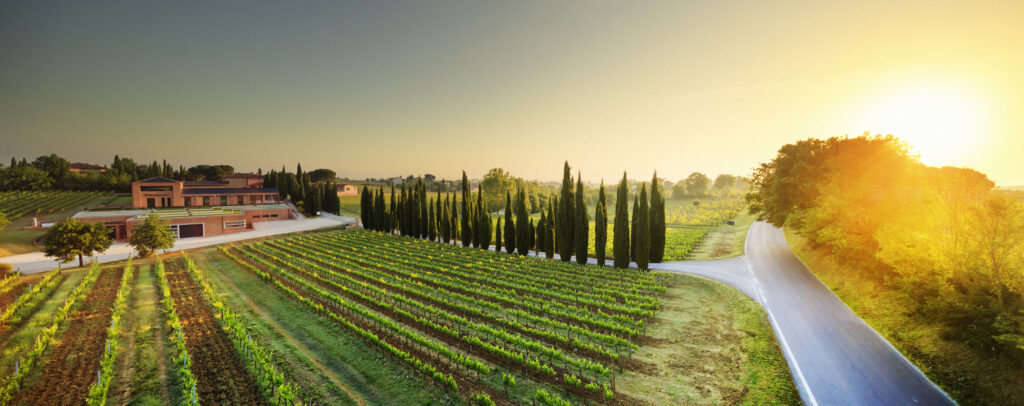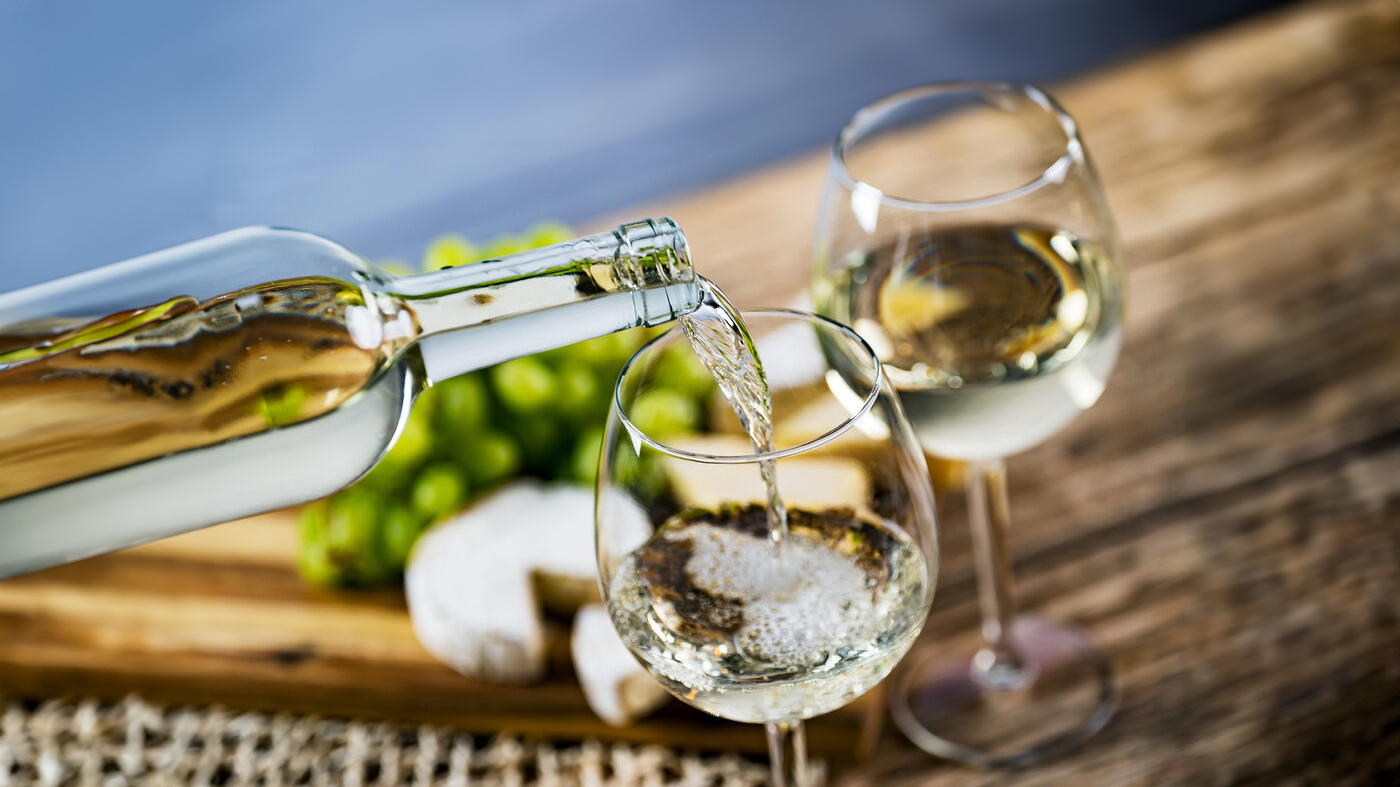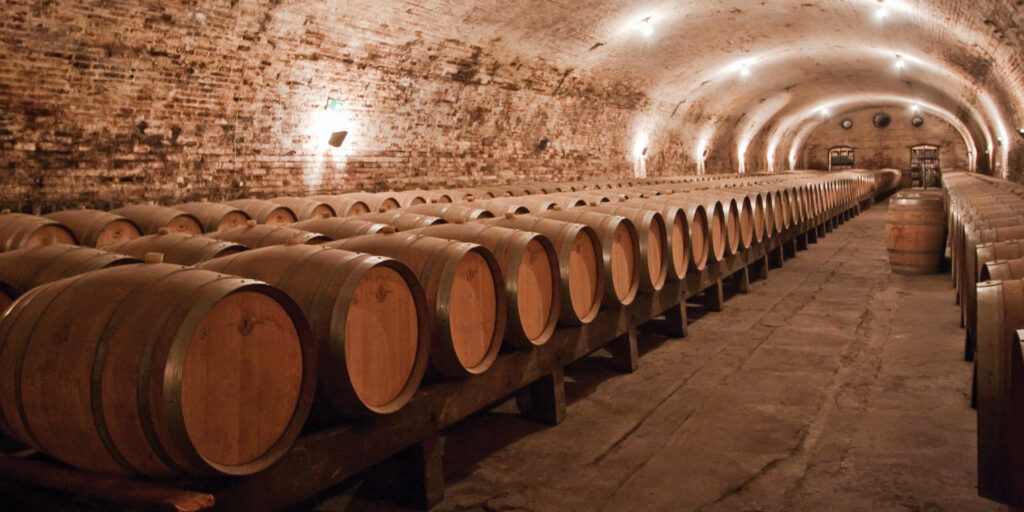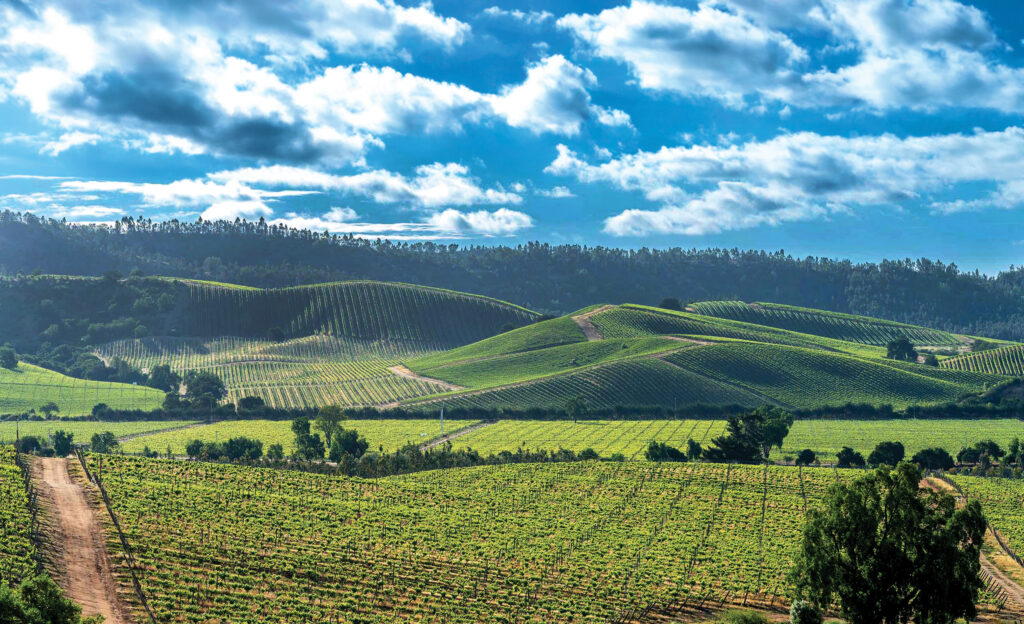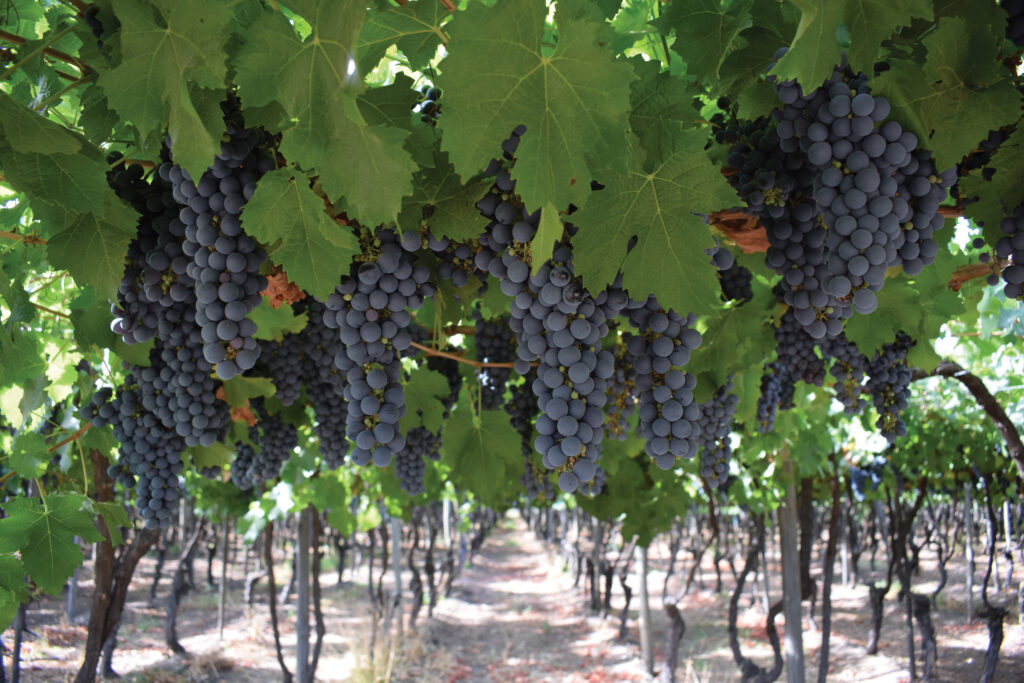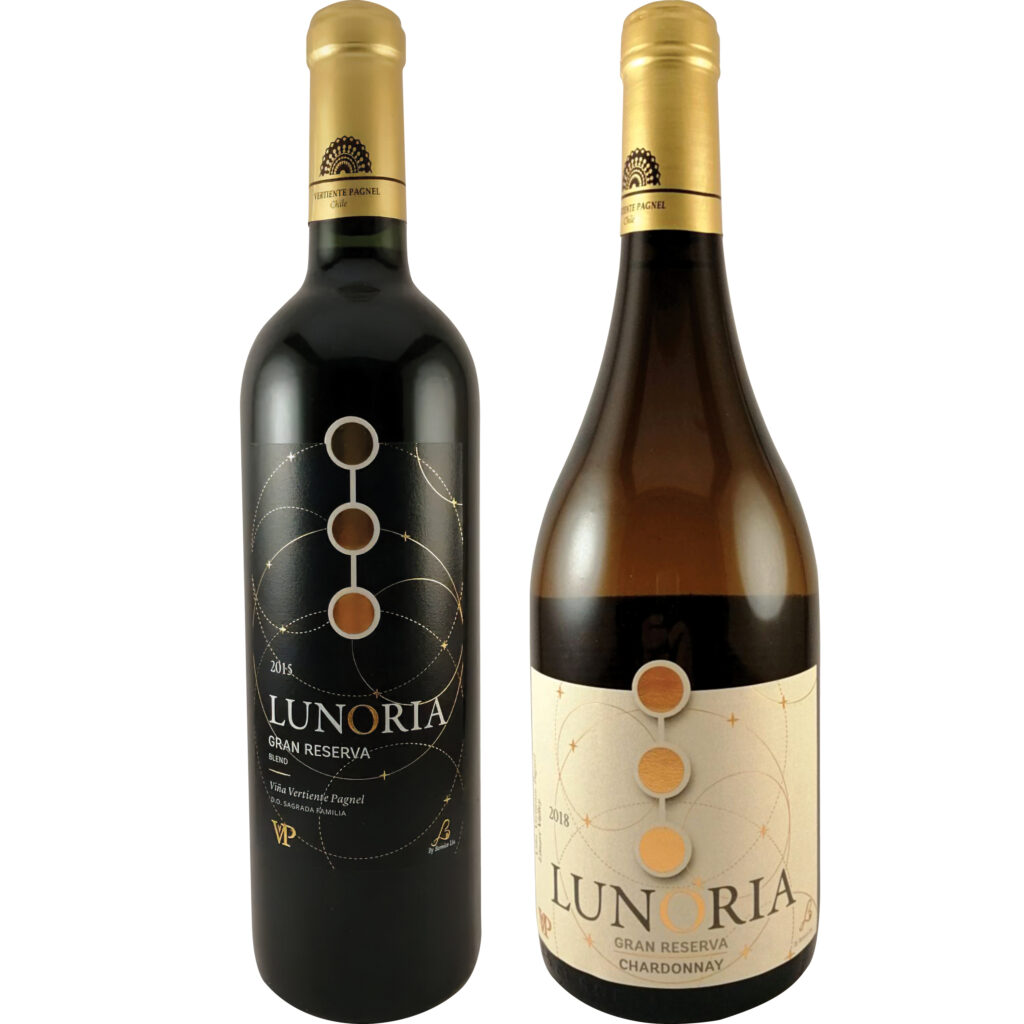Situated in northeast Victoria, the Rutherglen wine region is steeped in winemaking tradition, with family wineries dating back 150 years. The wineries are located just a short drive from the small town of Rutherglen, whose great gastro pubs and wine bars now draw in visitors.
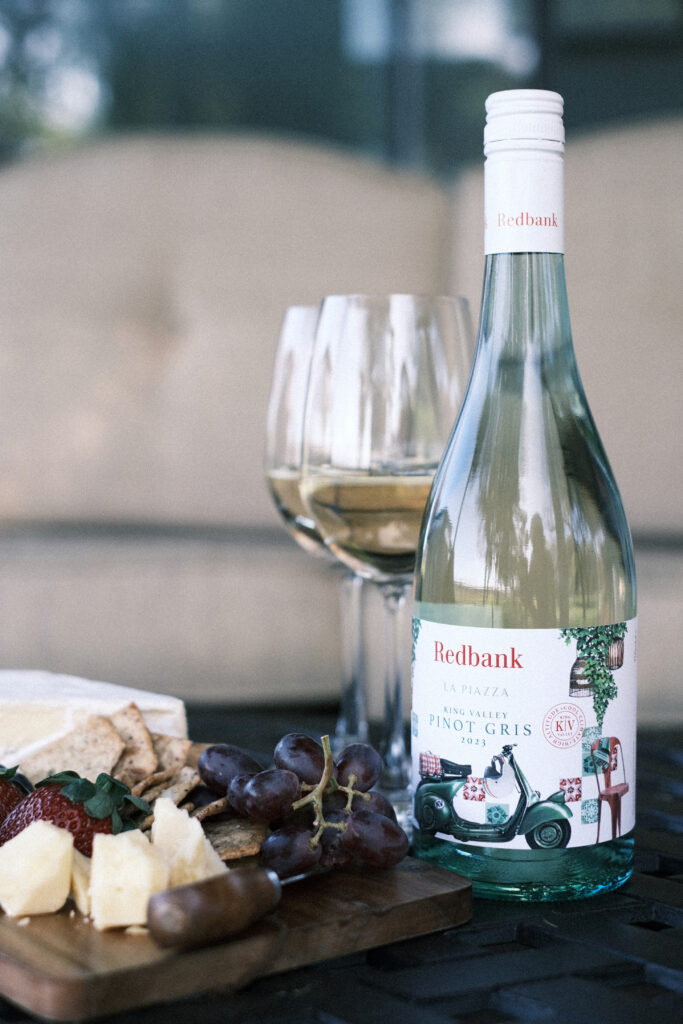
More than Muscat
Blessed with a stable warm and dry climate, the region is traditionally noted for its sweet fortified wine styles. Rutherglen winemaker Michael Murtagh says: “It’s home of the world’s greatest Muscats and big smooth reds,” he says. “These are deliciously rich fortified wines and lovely smooth red wines.” Bold, dark and tannic Durif is a regional speciality; Shiraz and similar varieties also thrive.
Murtagh co-owns Buller Wines, one of the Rutherglen producers “driving to welcome new, younger wine explorers with crunchy Pinot Grigio, Prosecco and Pinot Noir”. He adds: “We seek out the red clay loams for planting the vines as these provide good drainage and are deep and rich.”
Apart from the climate and soil, he notes two other influences that play a critical role in the Rutherglen success story. Firstly, there is ample water from the Murray River for supplementary irrigation in the dry summers to negate vine stress. The Great Dividing Range, a series of mountains, plateaus and rolling hills stretching more than 3,500 kilometres, also plays a part by “shedding cold air at night, giving us cool nights and mornings for the vines to recover and develop fruit flavours”.
Glory of the glen
One of his favourite wines for occasional indulgence is the Buller Wines 1968 Calliope Rare Frontignac. “The sheer depth and cleanness, along with the extraordinary rareness of our single vineyard and vintage Frontignac make it a once-in-a-lifetime experience,” he notes of this fortified wine.
Murtagh reveals that Muscats can be young or old depending on the winemaker’s plans. “The older Muscats are like Mum’s Christmas pudding, spice and raisins on the nose rich, while being vibrantly layered and textured on the plate – fantastic rare treats to be savoured,” he says. “The younger Muscats are fresher fruit styles showing the grape’s fruitiness and cleanness – enjoy with dessert or that last cup of coffee before bed.”
Wines of the King
Murtagh also highlights the King Valley, an hour’s drive south of Rutherglen. Its advantageous Great Dividing Range location supports two unique microclimates. “The valley is very fertile – high rainfall, rich valley-floor sedimentary soils, and amazing ancient volcanic lava steep ridges on each side,” he says.
The high-altitude ridges are particularly suitable for Pinot Grigio, Pinot Noir and Chardonnay table wine showing “fruit-forward peach and nashi pear with crunchy natural acidity”, as well as premium sparkling cuvées.
A benefit of being up on the ridge is constant air movement for disease control. The rising sun hits the canopy early, drying it out and stimulating vine photosynthesis. “The ancient lava flows are incredibly fertile but act as sponges releasing water easily and creating the right amount of irrigation for the vineyards,” he explains. The less fertile, slightly warmer east-facing slopes on the valley floor are the perfect environment for riper white wines and later ripening varieties like Nebbiolo and Sangiovese.
The high life
Pinot Noir is Murtagh’s favourite cool-climate wine, the higher-elevation vineyards of the King Valley yield, in his view, truly great Pinot Noir.
“These wines are not deep red but lighter than traditional Aussie reds; spice and dark cherry dominate the nose, with some oak flavour for complexity. The palate is filled with sweet cherry fruit up front, and in the high-extreme vineyards they show a beautiful clean acidic finish.”




